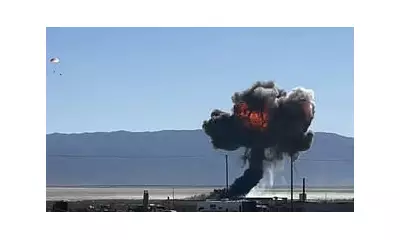
Former President Donald Trump is preparing for a potential dramatic transformation of the White House's East Wing, with ambitious plans that would fundamentally alter one of America's most iconic buildings, according to exclusive sources.
A Modern Media Powerhouse
Central to Trump's vision is the complete overhaul of the East Wing's press facilities, creating what insiders describe as a "state-of-the-art media production hub." The proposed changes would see current briefing rooms replaced with advanced broadcasting capabilities, potentially including:
- Multiple television studios for live broadcasts
- Enhanced lighting and sound systems
- Digital streaming infrastructure
- Expanded seating for press conferences
This technological upgrade reflects Trump's understanding of modern media dynamics and his desire to communicate directly with the American public.
Expanding Family and Executive Spaces
Beyond the media facilities, the plans include significant expansions to both family quarters and executive office spaces. The proposed renovations would:
- Create additional private living areas for the First Family
- Expand office spaces for senior advisors and staff
- Modernise security and communications infrastructure
- Update historical preservation elements while adding contemporary amenities
These changes represent the most substantial proposed alterations to the East Wing in decades, potentially reshaping how future administrations operate within the historic building.
Historical Context and Precedent
The White House has undergone numerous renovations throughout its history, with each administration leaving its mark. However, Trump's proposed changes would be among the most significant since the Truman reconstruction in the 1950s.
"This isn't just cosmetic - it's about fundamentally reimagining how the presidency communicates and operates in the 21st century," a source familiar with the planning told DailyMail.com.
The plans have already sparked discussion among historians and political observers about the balance between preserving historical integrity and adapting to modern requirements.
Political Implications
With the 2024 election approaching, these renovation plans offer insight into how a potential Trump administration would approach governance differently. The emphasis on media capabilities suggests a continued focus on direct communication, bypassing traditional media channels when necessary.
The proposed changes would require congressional approval and funding, setting up potential political battles over the scope and cost of the renovations should Trump return to power.





